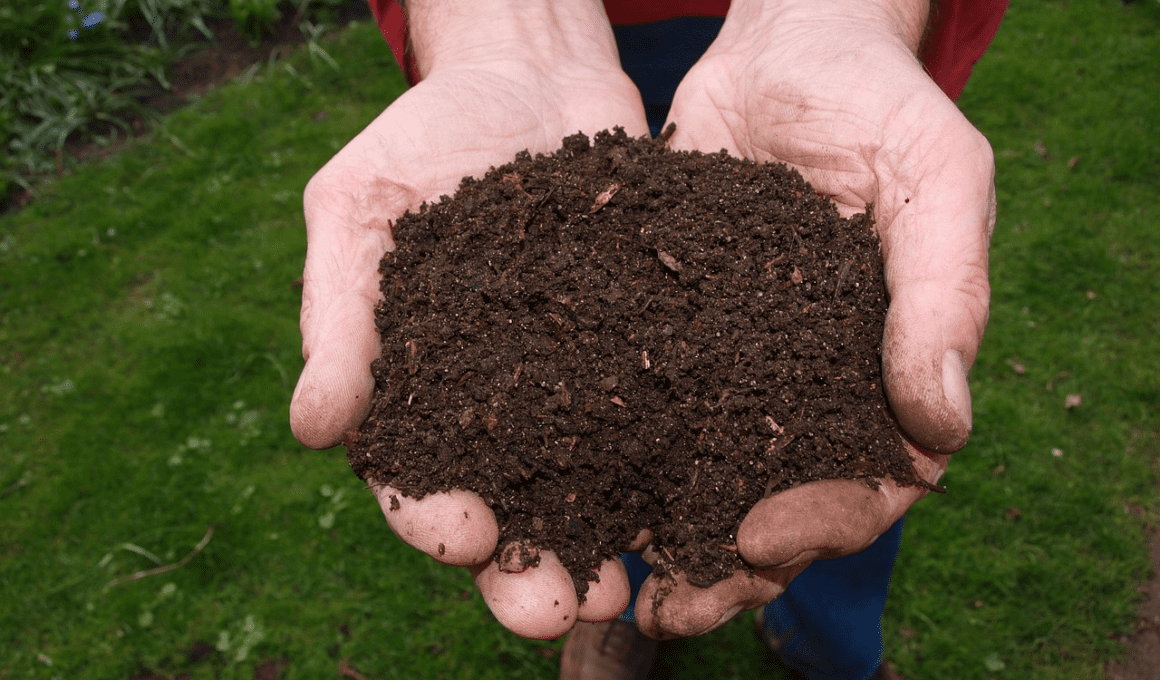Do you love eating juicy pineapples? Did you know that you can turn those pineapple scraps into compost and enrich your garden soil? Pineapple composting is an excellent way to reduce waste and improve your garden’s health.
In this article, we’ll guide you through the process of composting pineapple and provide tips to make it a success. Composting pineapple requires some extra care due to its high acidity and potential to attract pests. However, by following our step-by-step guide, you can successfully compost your pineapple scraps without any hassle.
Not only will you reduce the amount of waste going to the landfill, but you’ll also sweeten your soil and help your plants thrive. So, let’s get started on this exciting journey of pineapple composting!
Quick Takeaways
- Pineapple rinds and flesh are compostable, but need to be balanced properly due to their acidity.
- Composting pineapple can provide high-quality nitrogen compost material, moisture content, and added nutrients to soil.
- Pineapple scraps should be cut up into small pieces, balanced with carbon ingredients, and turned regularly to ensure proper processing.
- Pineapple scraps should not be thrown in the trash and sent to the landfill, but can be recycled into compost instead.
How to Compost Pineapple
If you want to compost pineapple, it’s important to take certain safety precautions. Pineapple acidity can make it an unsafe compost ingredient if not balanced properly, so be sure to cut up large scraps into small pieces and let them rest for a few days to bring the acid to a more neutral figure.
Additionally, you’ll need to balance the pineapple with carbon ingredients like shredded leaves or cardboard to ensure it doesn’t become too acidic. Composting with unusual ingredients can feel risky, but with proper preparation and care, pineapple can be successfully composted.
Use a compost moisture meter to ensure the compost isn’t too wet, turn it regularly to keep the ingredients processing, and cover the pineapple scraps with straw or leaves to avoid attracting ants, birds, or rodents. By following these steps, you can sweeten your soil with pineapple compost instead of contributing to the landfill.
Pros and Cons
You’ll want to consider both the benefits and drawbacks before adding pineapple to your compost pile. On one hand, pineapple can provide high-quality nitrogen compost material, moisture content for better balance, and loads of sugar and protein for microbe action. Additionally, pineapple scraps can add manganese, copper, calcium, zinc, phosphorus, and vitamins to compost, enriching your garden soil and helping your plants grow.
On the other hand, there are potential drawbacks to composting pineapple. The high acidity of pineapple can harm microbe action in your compost pile if not balanced properly. Additionally, the sweet sugar and odor of pineapple scraps can attract pests like ants, birds, or rodents if not covered with straw or leaves. As with any compost ingredient, you’ll need to weigh the environmental impact versus convenience and consider whether the benefits outweigh the drawbacks.
| Benefits | Drawbacks |
|---|---|
| High-quality nitrogen compost material | High acidity can harm microbe action |
| Moisture content for better balance | Attracts pests with sweet sugar and odor |
| Loads of sugar and protein for microbe action | Extra prep for the core, rind, and crown |
| Adds manganese, copper, calcium, zinc, phosphorus, and vitamins to compost | |
| Enriches garden soil and helps plants grow |
Incorporating pineapple into your compost pile can be a great way to reduce waste and improve your garden soil. However, it’s important to be aware of both the benefits and drawbacks before adding it to your pile. By carefully balancing the acidity of pineapple with carbon ingredients like shredded leaves or cardboard, and covering scraps with straw or leaves to prevent pests, you can successfully compost this tropical fruit.
Tips for Successful Composting
To ensure success with composting, regularly turn the ingredients in your pile using a compost-turning tool. This helps to aerate the mixture and distribute moisture and nutrients evenly, which can prevent the growth of harmful bacteria and help the compost decompose faster.
If you’re composting pineapple, it’s important to keep an eye on the acidity levels and balance the fruit with plenty of carbon-rich materials like shredded leaves or cardboard. You may also need to chop up large scraps into smaller pieces to help them decompose more quickly.
Composting challenges can arise when adding pineapple to your compost pile, but with a little extra care and attention, you can avoid common issues. For example, pineapple scraps can attract ants, birds, or rodents if they’re not covered with straw or leaves. You may also need to monitor the moisture levels in your compost pile to ensure it’s not too wet or too dry.
Once your pineapple scraps have decomposed, you can use the resulting compost to enrich your garden soil and help your plants thrive.
Frequently Asked Questions
Can pineapple scraps attract harmful pests to the compost pile?
Pineapple scraps can attract ants, birds, or rodents, but with proper pest control measures, you can avoid harmful pests. The benefits of composting pineapple outweigh the risks, enriching your soil and providing nutrients for your plants.
How long does it take for pineapple scraps to decompose in a vermicomposting system?
In a vermicomposting system, pineapple scraps decompose faster due to the presence of worms. They provide nitrogen, moisture, and minerals to the compost. Vermicomposting benefits include faster decomposition and better nutrient retention compared to traditional composting.
Is there a recommended size for cutting up pineapple scraps before adding them to the compost pile?
For optimal decomposition rate, cut pineapple scraps into small pieces before adding them to the compost pile. This ensures the tough parts break down faster and balances the acidity with carbon ingredients.
Can pineapple be composted in a tumbling compost bin?
Yes, you can compost pineapple in a tumbling compost bin, but it requires careful balancing. Pineapple composting has benefits and drawbacks, including tumbling success and smelly failure. Cut scraps small, balance with carbon, and turn regularly.
Are there any specific nutrients that pineapple adds to compost that other fruits do not?
Pineapple adds manganese, copper, calcium, zinc, phosphorus, and vitamins to compost, making it a nutrient-rich addition. When composting pineapple, balance the acidity with carbon ingredients, cut scraps into small pieces, and turn the compost regularly for best results.
Conclusion
Congratulations on learning how to compost pineapple! By following our step-by-step guide and using the tips we provided, you can now turn your pineapple scraps into nutrient-rich compost for your garden.
Not only will you be reducing waste in landfills, but you’ll also be providing your plants with the nutrients they need to thrive.
Remember, it’s important to balance the acidity and moisture levels in your compost pile to avoid attracting pests and ensure proper decomposition.
Don’t be discouraged if it takes a bit longer for your pineapple scraps to break down compared to other compost materials. With patience and persistence, you’ll be rewarded with healthy soil and beautiful plants.
Keep up the good work and happy composting!








